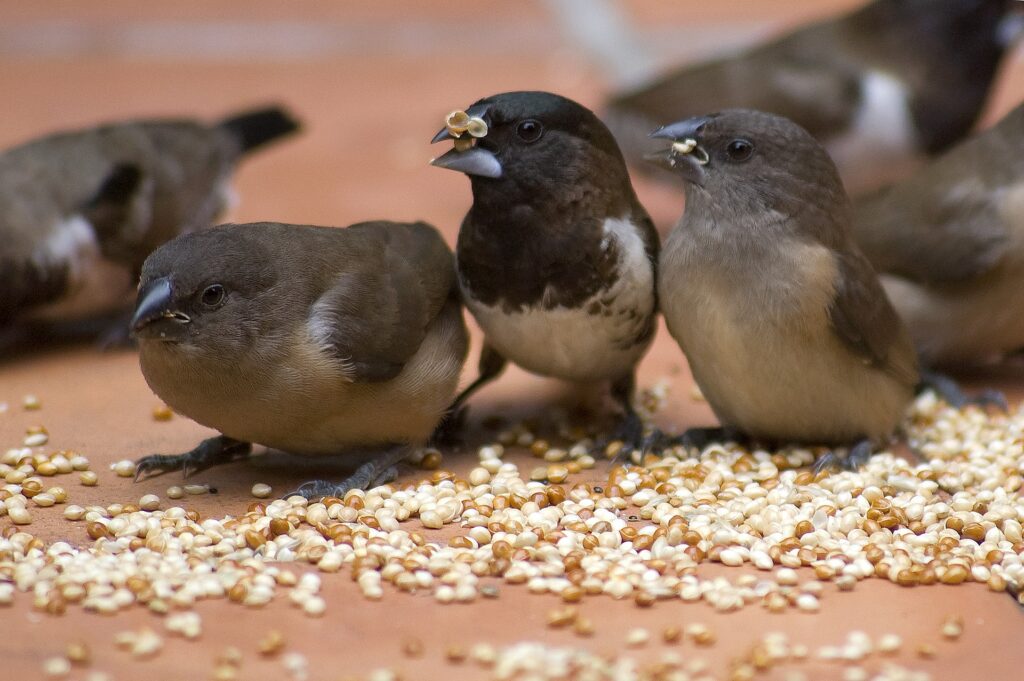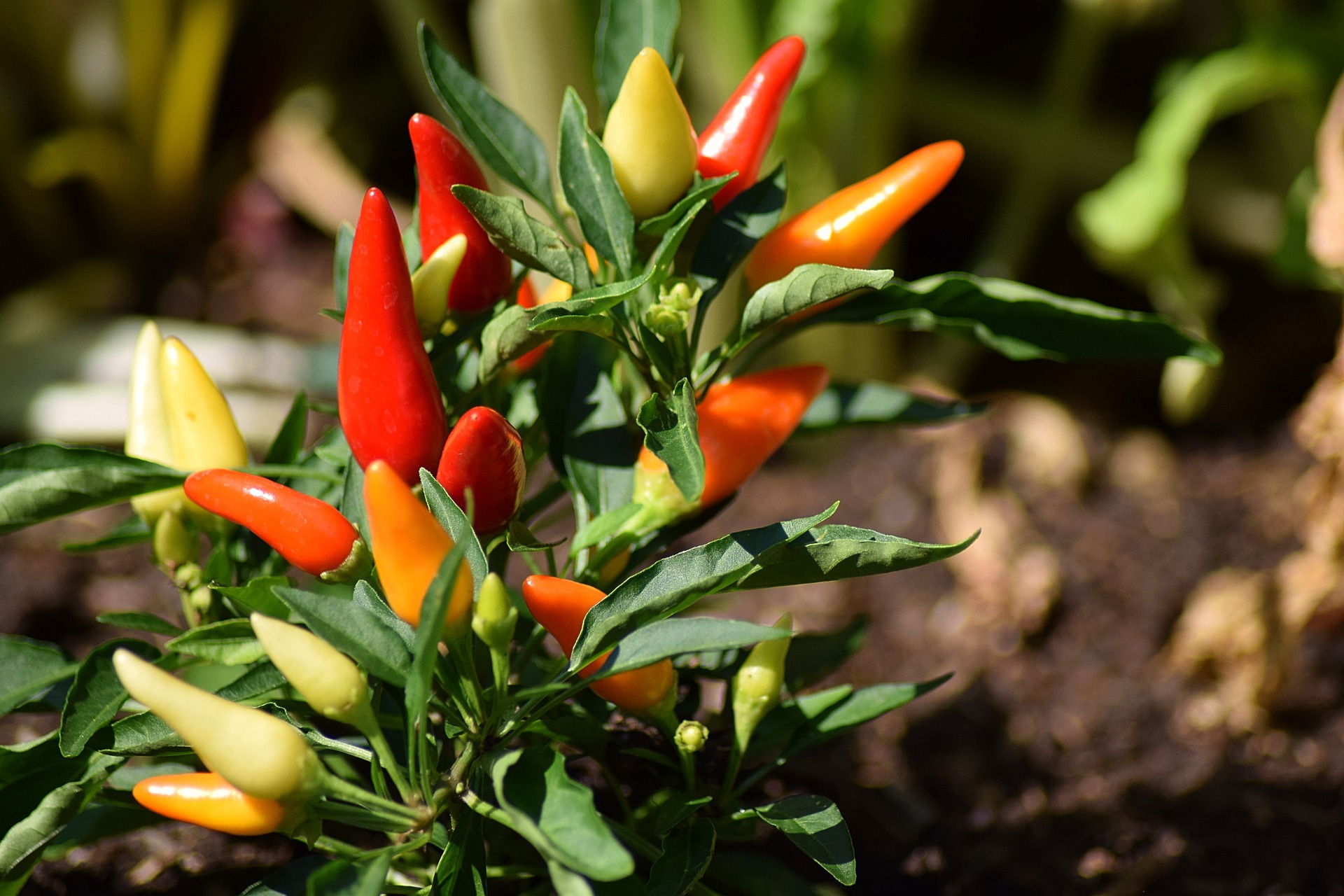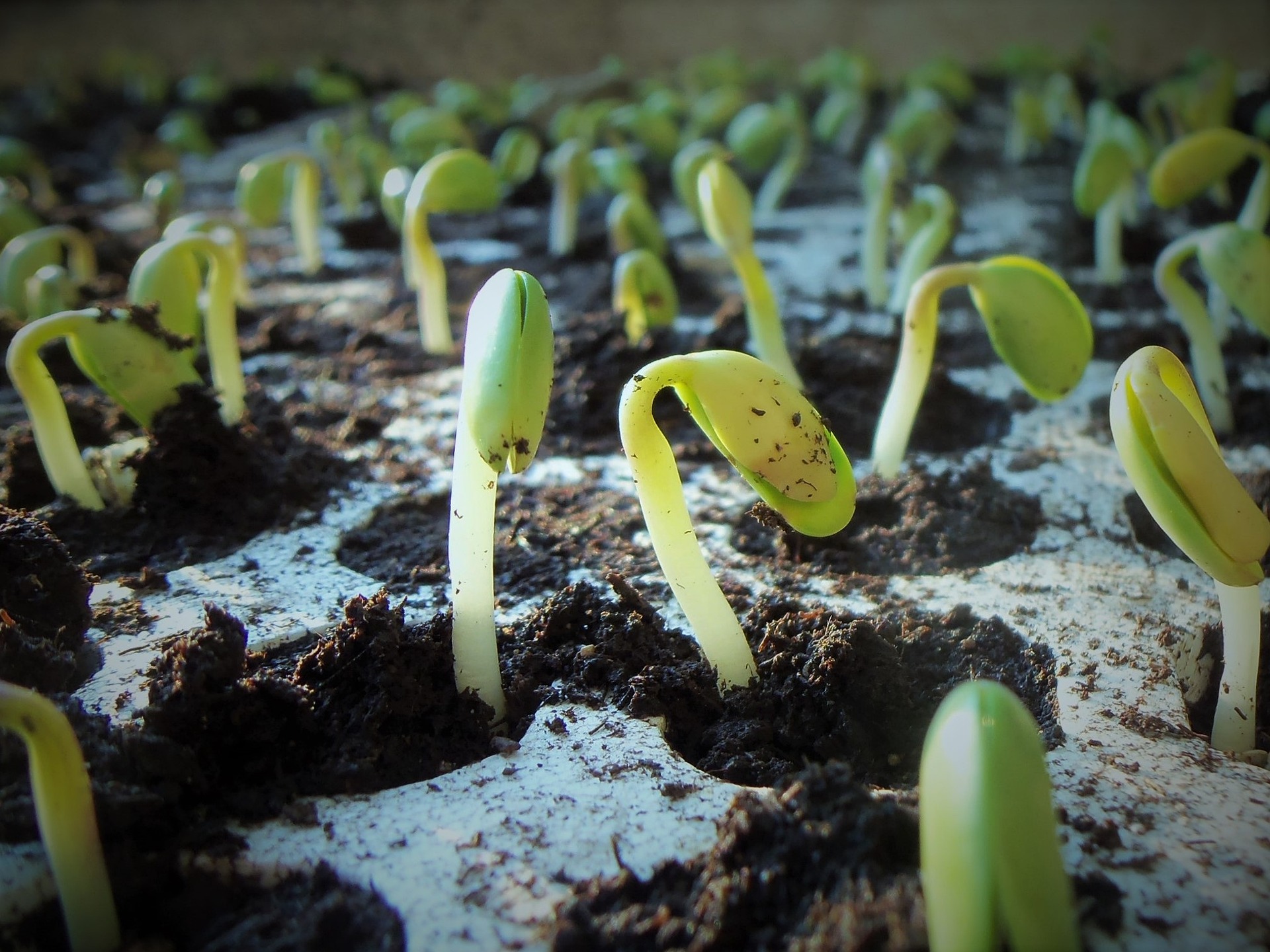As it gets colder, I feel like eating spicy food to warm up. There are various types of spiciness, but mostly it involves using spices containing ‘capsaicin’ like chili peppers, right? Humans love spicy food and have created many delicious dishes, but have you ever wondered about wild animals? The capsaicin strategy of plants has even changed the evolution of animals.
Molecular mechanism of the tree shrew’s insensitivity to spiciness
Among mammals, only a few do not avoid capsaicin.
Are you familiar with an animal called the tree shrew? In Japanese taxonomy, it’s known as ‘Togakimoku,’ and although it looks like a squirrel, it belongs to a different evolutionary lineage, closely related to primates. The tree shrew is unique among mammals in its ability to consume spicy food. Generally, mammals experience discomfort when tasting spiciness, but tree shrews show low sensitivity to capsaicinoids and can directly eat spicy plants.
Tree shrews possess a specific mutation in the TRPV1 ion channel gene, which significantly reduces their sensitivity to capsaicinoids. This mutation allows tree shrews to eat spicy plants, broadening their dietary options – an evolutionary adaptation.
The genetic trait of the tree shrew is presumed to have evolved due to evolutionary pressure from geographic overlap with certain spicy plants, such as Piper boehmeriaefolium. This plant contains chemicals similar to capsaicinoids, and tree shrews tend to favor eating it. This mutation is thought to enhance their survival adaptability by increasing the variety of food they can consume.

Birds are unfazed by spiciness.
While most mammals avoid capsaicin, birds can consume it without any problems. Birds’ low sensitivity to capsaicin is due to two specific point mutations in their TRPV1 channels. This adaptation not only broadens the dietary range of birds but also benefits plants. The wide dispersion of seeds by birds promotes the survival and reproduction of plants. This phenomenon is considered an example of co-evolution between plants and birds. Plants deter many mammals with their spiciness, but do not affect birds, who help disperse their seeds. Thus, birds can eat plants with spiciness and spread their seeds far and wide, allowing plants to utilize birds for widespread seed distribution. A wonderful mutual benefit.

Commercial Applications of Plant-Derived Pungent Components
Research on the utilization of capsaicin reveals several interesting applications. Predominantly, its use in livestock for improving health conditions, enhancing immune functions, and improving meat quality is a common theme.
- Single components of botanicals and nature-identical compounds as a non-antibiotic strategy to ameliorate health status and improve performance in poultry and pigs
- Hot red pepper powder as a safe alternative to antibiotics in organic poultry feed: an updated review
Particularly in poultry (such as broilers), capsaicin is being researched as an alternative to antibiotics. If it can serve as a natural substitute, there’s potential to mitigate the adverse effects of antibiotics. Enhancements in appetite and meat quality would be additional benefits, though more research is needed in this area. Traditional practices, like placing chili peppers in rice containers to deter insects, also confirm uses of chili peppers beyond consumption, suggesting a broader range of applications for these spicy plants.



コメント